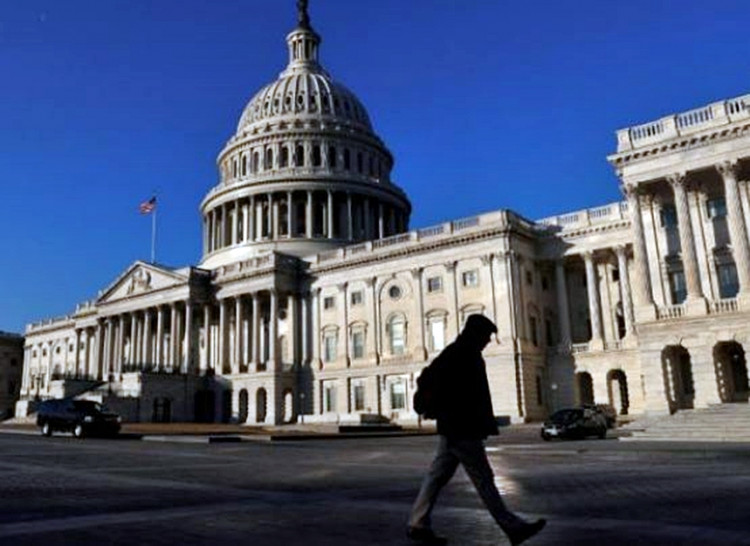The U.S. Treasury Department unveiled Friday that the federal budget deficit for the fiscal year ending September approached $1.7 trillion, a sharp 23% increase from the previous year. This escalation underscores the nation's continued financial struggles despite optimistic predictions and measures to address the fiscal health.
While some experts had initially projected the deficit to surpass $2 trillion, the final figure clocked in at $1.695 trillion. This rise was primarily influenced by a $457 billion drop in revenues from the previous year and a minor decrease in expenses, which amounted to $6.134 trillion.
U.S. debt, already at a staggering $33.6 trillion, continues to soar. This debt saw a $10 trillion growth since the onset of the Covid-19 pandemic in early 2020, a period when massive government expenditure sought to salvage a battered economy. Notably, $659 billion of last year's governmental outlays was allocated to net interest on this accumulated debt, marking a significant increase from the $475 billion in fiscal 2022.
Treasury Secretary Janet Yellen commented on the nation's fiscal health, emphasizing the administration's determination to address long-term fiscal challenges. "The U.S. economy remains resilient despite global headwinds. While many predicted a recession in 2023, these expectations haven't materialized," Yellen said.
However, debt servicing has become more burdensome. Inflationary pressures have prompted the Federal Reserve to escalate benchmark interest rates, with a consequential surge in Treasury yields. The 10-year Treasury note, which stood below 1% throughout 2020, is now on the brink of a 5% yield.
This financial revelation emerges in the same week President Joe Biden requested Congress to earmark $105 billion for critical national security endeavors, which includes a substantial $61 billion assistance package for Ukraine and humanitarian aid for Israel and Gaza.
The ballooning deficit presents a backdrop of political tension. Previous deficits were exacerbated by policy decisions, including tax cuts under former President Donald Trump and financial crisis-induced spending. The soaring budget gap threatens to intensify President Biden's fiscal standoffs with House Republicans, who have previously pushed for drastic spending reductions, even bringing the nation close to a default in June over debt ceiling debates.
September alone saw the deficit reduce to $171 billion, a decline from the $430 billion in September 2022. Addressing the cause of this year's deficit, Secretary Yellen and Office of Management and Budget Director Shalanda Young jointly stated, "Declining revenues underscore the importance of President Biden's strategies to reform the tax system."
A noteworthy Supreme Court decision declared President Biden's student loan forgiveness initiative unconstitutional, resulting in a significant financial reshuffling. The fiscal year 2022 deficit, which stood at $1.375 trillion, would have been heavily influenced by this decision.
The Congressional Budget Office warns that if current legislative trends persist, U.S. deficits could once again reach levels observed during the Covid-19 crisis by 2030, with estimates nearing $2.13 trillion.
The fiscal year 2023 also witnessed a 9% revenue decline, amounting to $4.439 trillion. Factors such as non-withheld individual income tax payments, weaker stock performances, and rising interest rates influenced this downturn.
Interest rates have seen an unprecedented rise over the past year, with the Federal Reserve tightening its grip to combat inflation. Consequently, the average interest on the Treasury's debt increased to 2.97% in the last fiscal year from 2.07% the preceding year.






